|
This has become one of my main strength exercises for the athletes I train over the last few years. Some might say that a unilateral exercise is inferior to its bilateral counterpart, but I would disagree. I actually prefer programming the unilateral movement. Don’t get me wrong, they are both great exercises, but I tend to favor the rear foot elevated split squat (RFESS). If you prefer the bilateral movement that is ok, but think about what is the best movement for the athlete that you are training. Most athletes are in a unilateral position when they play sports so why not get them into that position in the training facility. I have a few reasons why I prefer the RFESS. Some of them have to do with performance and some have to do with injury reduction. Side Note: If you injure an athlete while they are training they can’t play. This would be counterproductive. Here I am performing the Front Squat and RFESS, while Alex discusses point number 2 below. So here are a few reasons why you will see athletes at SportPerformanceU performing the RFESS as their main strength exercise.
1. Sport Specificity- I do think the term gets overused and abused in most cases, but for a higher caliber athlete where the term should actually apply, I’m all about it. If you are in a unilateral position during the high majority of the sport you play, mimicking that movement in the training facility is a great idea. Athletes that are sprinting while playing their sport would benefit greatly from using this exercise as their main strength movement. 2. Bilateral Deficit- Yes the elevated foot is helping, I get it, but not to the extent that you can ignore the significant difference when comparing the two. For example the highest RFESS I have seen done in my facility is 265lbs for 3 reps. This athlete's bilateral squat is nowhere close to doubling that number. End of story. 3. Neutral Spine- The number one role of a performance coach is not to increase an athlete’s speed, power or strength; it is to keep them injury free and ready to go on game day. One way to do this is programming exercises that will improvement athletic quality while minimizing risk of injury. The bilateral squat is a difficult exercise for many athletes to do properly. There are many reasons for this, but for the purpose of this point I will focus on the spine. Maintaining a neutral lumbar spine is difficult for most athletes once their thighs pass parallel to the floor. I’m not going to go into the intricacies of this point, but it is clearly an issue. By performing the RFESS this becomes a mute point, the lumbar spine can no longer go into flexion. Risk vs. reward must always be considered when programming exercises for your athletes. When it comes to maintaining a neutral spine, the RFESS wins. Agree or disagree that the RFESS should be your athletes main strength exercise, you have to agree that it is an exercise that most all athletes should be doing. If you prefer it to be an accessory lift, that’s fine, just make sure that your athletes are doing it.
1 Comment
Whether you are training top level athletes or the average soccer mom, chances are that knee pain has been an issue in some way, shape or form. Now the majority prefer to take it easy and not train while sorting out an injury. And depending on the injury that makes perfect sense. If you tore your ACL and MCL last week, I don’t plan on seeing you next week! But the majority with little nagging issues would be best suited to continue some form of training depending on the severity of the injury. Always consult with your medical team beforehand to figure out what is actually going on in your knee. If the team gives you the ok to continue training then here are some ideas about how to still get a great training session when managing knee pain. 1. REDUCE THE AMOUNT OF CONTINUOUS FLEXION AT THE KNEE. Depending on what exacerbates the knee pain, reducing the amount of flexion (bend) at the knee could greatly reduce the level of pain. Avoid knee dominant exercises such as squats and lunges. Stick with hip dominant movements that focus on keeping the hips high. Exercises such as double or single leg Romanian deadlifts, lateral mini-band walks and supine bridge variations could all work. Below I am performing a single leg Romanian deadlift with the assistance of a TRX. 2. FOCUS ON THE CORE. If there is a need to reduce the amount of volume in one area, focus on something else for the time being. The core can be trained from multiple angles and recovers quicker than larger muscles groups. 3. FOCUS ON UPPERBODY PUSHING AND PULLING. To somewhat piggy back on the previous point, focusing on the “real” core is also another option. The core has been said to be what lies between the shoulders and hips, which leaves a lot of room for pushing and pulling. Pushing does usually get a ton of focus from many programs, but there is usually room for improvement with the amount of pulling. Throw in some more rowing and chin up variations. 4. FOCUS ON THE HEALTHY KNEE. If there is still one healthy knee I suggest single leg variations such as step ups, single leg squats and single leg deadlift variations, all of which can be regressed to meet the needs of the athlete. Below I am performing a single leg squat with the assistance of a TRX. It goes without saying, but I am going to say it anyways. Consideration of the actual injury has to be taken before trying any of these recommendations. The training program will be based on the diagnosed injury and the results of the analysis. If there is pain during an exercise it should not be included in the training program. Let’s start by answering the question, what is the bilateral deficit? The bilateral deficit is the thought that one can produce more force, and power for that matter, on one leg rather than two, when both of the single leg totals are combined. So if that is the case everyone should drop bilateral movements and go with its unilateral counterpart, right? Before we make that leap let’s review the pros and cons of both.
Although you can discuss the bilateral deficit for both the upper and lower body I will be sticking with the lower body and using the squat for comparison. This is the most heavily debated area of the bilateral deficit so I see no reason to stray from the topic. The bilateral deficit is now an additional part of an argument that has been being made for using unilateral squat variations long before it was even a hotly debated topic in the strength and conditioning world. Below is my review of both squat variations. Bilateral Squat -There is a greater amount of force produced during the movement with both legs pushing equally. Along with a greater amount of force being produced a greater anabolic hormonal response will take place. -Having both legs working at the same time does not limit one’s ability to produce an equal amount of force on the second leg as with the unilateral squat variation. Unilateral Squat -The unilateral squat, and for this discussion, the rear foot elevated split squat (RFESS) is the movement of choice when selecting an exercise from this category. The RFESS avoids the pelvis from going into a posterior tilt. This means your hips do not disappear underneath you. This will protect the vertebrae of the lumbar spine from any flexion taking place. This is my #1 reason for choosing this movement over the bilateral squat if I am only going to choose one version. - The words “sport specific” gets tossed around like political correctness nowadays, but nonetheless it is worth bringing up. Is a unilateral squat more sport specific than a bilateral squat? That is certainly a possibly, although I think the term is grossly overused and should only be used when mastery of the basics takes place for any athlete. With that being said a split squat is one of the basics that an athlete should master. So is it more sport specific or not? I think if you polled 100 strength and conditioning coaches it would favor saying it is sport specific, maybe 70/30. -Athletes, especially younger athletes and if we want to get even more specific, younger, male athletes struggle immensely with the bilateral squat. I am not referring to loading weight on the barbell, but a body weight squat. The athlete lacks the mobility and stability to perform a body weight squat in most cases. This is likely due to a number of factors, but a huge one being that puberty is taking place and growth is making things “tight”. At this time the split squat is a much better option. So at the end of the day it is not necessarily the bilateral deficit that is going to make me choose a bilateral or unilateral squat pattern, but the athlete’s ability to do either movement. I personally include both variations for my athletes based on what I have previously mentioned. What squat variations are you having your athletes perform? Speed is the most sought after commodity in the sport world. There is not a single athlete to have ever played sport that did not want to get faster. No matter the sport, they all wanted to increase their speed. I am still waiting for that first athlete that asks me to make them slower, that will be an interesting day. All kidding aside speed makes a huge difference in sport. It can be the difference between making the high school team, getting a college scholarship or signing a multimillion dollar contract. Speed is what separates the good athletes from the great athletes.
It seems that everyone wants to be faster, but there is some confusion about how to get it. So the question remains, how do we improve speed? I’m going to start with some basics physics to start answering that question. Force=Mass x Acceleration Force is the ability to accelerate an object. Power=Force x Velocity Power is how quickly we can accelerate an object. Speed=Distance/Time Speed is how long it takes you to travel a certain distance. Athletes that do not develop their ability to produce force and power will never be as fast as they would be otherwise. The greater your ability is to push into the ground (force production), the faster you will be. The faster you can apply that force into the ground (power production), the faster you will be. Developing the ability to produce force and power is what is going to make you a faster athlete. All of these training qualities can be developed simultaneously to an extent; it is always on a spectrum no matter what the focus is of the training cycle. Force and power output should be developed significantly in relative terms before any large amount of time is spent on speed training. So how do you as an athlete develop greater force and power production? Your training sessions should focus on multi-joint exercises such as squat, lunge and deadlift variations. It should also include clean and snatch variations, swings, medicine ball work and explosive jump variations. This is taking into account that you have been properly progressed to a point where you can perform these exercises. Once force and power production is at a point where speed training should be focused on more heavily it is time to bring a more sport specific training protocol to speed development. Most athletes perform both linear and lateral speed specific movements during competition; the only athlete that focuses solely on linear speed would be a sprinter for track and field. Otherwise lateral speed most be developed. Linear speed is pretty straight forward, run as fast as you can in a straight line. It can also include the ability to stop and start continuously with either a focus on a forward or backward run or both. Lateral speed involves the ability to change direction, make sharp cuts, and stop and start. Sprinters are the only athletes that will use linear speed a 100% of the time during their competitions. Everyone else will need to possess the ability to do both. Training for linear speed could involve sled pushes, harnessed sled pulls and resisted sprints whereas lateral speed development would include lateral bounds, slideboard lateral sprints and crossover runs. These are just a few examples of what would separate our linear and lateral speed work. Another interesting topic as far as sport specific speed training is that all speed specific work is done as a unilateral movement. There is never a time when both legs are producing an equal amount of force or power because only one foot is ever in contact with the ground. There is NEVER a moment when both feet are on the ground when we are sprinting, sure there are times when an athlete is making a cut or changing direction where both feet will be in contact with the ground for a split second, but when that happens there is still never a time when an equal amount of force or power is given by both legs. So if the holy grail of sport training is speed why would we ever train in a bilateral pattern if we are seldom on two feet and never producing an even amount of force or power from both feet? There has been debate over this topic for years and will continue to be for some time. I am not going to dive into that debate today, but I will say I am not against bilateral training by any means. Unilateral and bilateral training are both training tools that should be used when appropriate. Speed development will always be the first thing that an athlete wishes to improve upon, mainly because that is all they know. They do not understand that increasing their ability to produce force and power will in turn make them faster than any speed specific training program could. Specific speed training should be limited until the athlete develops the ability to produce a relatively significant amount of force and power. At that point a greater amount of time can be focused on speed specific training. Work on getting strong and powerful and your speed will increase! A great performance training program will reduce the chance that you sustain an injury, but sooner or later, if you have not already, chances are pretty good that you will be injured. It is one of the most defeating experiences an athlete will deal with during their career. If you have ever had an injury that has kept you sidelined for an extended period of time you know how it feels. All your focus is on returning to the game as soon as possible. Let’s ask two very important questions to the sport medicine staff to see what approach should be taken with the injury. The first question would probably be how long am I out for and then a close second should be what can I do to get better while I’m injured? Is there a way to design a performance training program around an injury? The answer unfortunately is it depends on the injury, but for most injuries an experienced performance coach will be able to put together an appropriate program that keeps you strong and motivated! Trying to keep your training program on track will pay huge dividends when your injury has healed and it is time to return to play. Let’s go over an example where our athlete has a right lower leg injury. Let’s assume this athlete will probably be sidelined for a few weeks. Here is a look at a program that might be appropriate for this athlete. Single Leg Overhead Medicine Ball Slam 3x8
Three Point Prone Plank 3x60s. Single Leg Deadlift 3x5 Alternating DB Press 3x6 Single Leg Band Push-Pull 3x10 Single Leg Squat 3x5 Chin Up 3x8 ½ Kneeling Lift 3x10 Again this is just a hypothetical example; much thought has to go into writing performance programs, especially for an injured athlete. This program allows the athlete to work on power and strength, while staying off that injured foot. Yes every exercise is performed only on the healthy foot and yes if you did asymmetrical training forever it would be bad. For a short term training program this would not negatively affect you. It would have a tremendously positive effect and get you back into “game shape” sooner. Each training program should be individually programmed so these exercise movements have to be appropriate and beneficial to this athlete. Each injury is a setback, some longer and some shorter than others. It is how we deal with those injuries that will decide how well we play once it is time to return to the game. The ability to train and stay in the right mind set will set us up for success in the future. Do not let an injury stop you from accomplishing your goals. Continue to train using appropriate modifications, attend practices and be a supportive teammate at games. As strength coaches we all unfortunately know for many novice athletes there has to be a feel that they are doing something new and exciting …. It has to be fresh. I’m sure everyone that has coached has experienced it too many times to count. One of your athletes comes to you and asks “what new exercises am I going to be getting in my next program”? Well we know what our answer should be, which is explaining to them that training is a process that takes time, dedication and hard work. That they must learn the basics, groove the patterns, and become efficient with the movement. Mastering the basics is what is going to lead to gaining the most strength and power gains possible. Variety comes from changing angles, sets, repetitions, time under tension, rest periods, etc. This is what every athlete should be taught when they begin a training program. Well as perfect as that sounds, it doesn’t always sound new and exciting to the athlete. The solution…a properly designed set of progressions for an exercise will make up for the variation that is desired when an athlete starts a training program for the first time. You might not be able to integrate the next progression quickly, but letting the athlete know that once they master the exercise they are working on at the moment they will get the next progression. This helps them stay focused on the task at hand. An example of a four step lunge progression would be performing a reverse lunge, forward lunge, walking lunge, and finishing the progression with the slideboard reverse lunge. The athlete gets four “different” exercises while continuing to work on the on the same movement. This is a great example because the athlete is following a proper progression that pleases the need for something new and exciting to do. Honestly it is usually the athlete that is new to training that thinks variety, as far as exercise selection goes, should be part of a training program. An intermediate or advanced athlete would look at adding variety quite differently. They think about a training program as something that is going to help them reach their goals. This will come with time for the novices that stay dedicated to the process of training. So the first thing to do is make sure that there is a proper progression, which will lead to a bit of variety for our novice trainee. It does take a little bit of creativity, but for the most part if the athlete is training hard and consistently they will be progressing to a point that the challenge of training far weights the desire for something fresh. This will lead to greater results which make both the athlete and coach happy.
Each athlete has a unique set of strength and power developmental goals based on many factors, some of which include training age, time commitment and physical strengths and weaknesses to name a few. With that being said a sport performance coach has to meet their athletes sport training goals using not only the best methods available, but also the most appropriate options available.
The most applicable and appropriate exercises come from the Powerlifting and weightlifting community. They give us an amazing exercise selection at developing tremendous amounts of strength and power. From variations in the squat, deadlift and bench press to the clean, snatch and jerk, the Powerlifting and weightlifting community have blessed us with great training tools. When training athletes coaches sometimes get carried away with a certain training methodology that is sometimes not exactly what is appropriate for an athlete training for their sport. When athletes are asked to perform lifts that they are not physically ready to perform, due to either physical limitations or appropriate coaching cues injuries and/or movement limitations will take place. This is why weightlifting and powerlifting exercises sometimes get a bad rep, although they are some of the best exercises out there, if used inappropriately it will lead to undesired results. This is the question coaches must ask themselves when designed performance training programs “is this exercise appropriate for my athlete?” If the answer is yes, then by all means teach the appropriate progressions and have at it. If it is not then figure out what must be done to include the appropriate exercise. This could include using developmental exercises or regressing the movement until it becomes appropriate for the athlete. This leads to my next point, athletes that play sports have other requirements that are unique to their own sport. Whether it is using single leg exercises for strength, medicine ball work for power, slide boards for lateral conditioning or anti-rotations exercises for core development, each training protocol should be geared toward meeting the demands of that individual athletes sport. I love using Powerlifting and weightlifting exercises in my athletes programs, but they must be appropriate for the athlete’s physical abilities and appropriate for the demand of their sport. Single leg training has become more popular in the recent years as a way to compliment bilateral leg training and in some instances replace it. Single leg training use to be thought of as inferior to its bilateral leg training counterpart. This was assumed for some basic logistical reasons such as you can lift more weight if you are two legs instead of one. This seems to make sense when you take it at face value. If you are on both legs you will be able to lift more weight and therefore get stronger. The problem arises when we lose sight of what these athletes are training for….to be better at their sport! When we play sport we are constantly on a single leg unless we are not part of the play. There are very few examples when you are on both legs with your body weight distributed evenly between both legs. Do not take this the wrong way, this is not an argument to get rid of bilateral leg training, it is an argument for including it along side our bilateral leg training. Bilateral leg training will never go away, nor should it. It is extremely effective at building strength, speed and power. Let’s make sure we add some single leg training to our programs. I mentioned before how sport is being played on a single leg. If you are moving, both feet are never planted at the same time. Athletes should therefore train on a single leg. There are many different single training exercises that are great at building a top level athlete. Below you will find a few that I really enjoy doing. 1. Dumbbell Forward Lunge – to perform the dumbbell forward lunge take a big enough step out that your front and back leg will form a “L”. Make sure that you get your front heel on the ground when you step forward and drive through it to stand back up. The upper body should remain upright throughout the exercise. 2. Barbell Single Leg Romanian Deadlift – to perform the barbell single leg Romanian deadlift begin by bending your knee and hinging your hips. The leg coming off the ground should come up at the same rate the upper body is dropping towards the ground. Continue to push the leg up and back until it becomes parallel to the ground. To return to the standing position drive through your heel and extended your hips. 3. Rear Foot Elevated Split Squat – to perform the rear foot elevated split squat elevate one foot onto a bench or box. Descend until the back knee brushes the ground (No bouncing!). Drive through your heel to return to the starting position. 4. Single Leg Squat w/ Box – to perform the single leg squat on a box first choose a light weight for a counter balance, especially when starting this exercise for the first time. Descend until your hips at least pass parallel then drive through the box to return to the top. Maintain a neutral spine throughout the exercise. 5. Lateral Lunge w/ Slideboard – to perform the lateral lunge on the slideboard (sb) start with one foot off the sb and one on the sb in contact with one of the booties. Begin by bending your knee and pushing your hips back. As you put your hip into abduction make sure to go under control then return to the standing position. These exercises will add strength that will translate to improved performance on the field or court!
Force= mass x acceleration (acceleration is a component of force development) This physics equation explains to us how important force development is when trying to improve speed. Since we know that the majority of sport movement is all about acceleration, if we improve that aspect we will also improve our all out speed. Therefore the best way to train for speed is to increase your ability to apply the most force into the ground as fast as possible. Heavy lifts involve applying tremendous amounts of force into the ground, pushing heavy sleds involve applying tremendous amounts of force into the ground and sprinting involves applying tremendous amounts of force into the ground. I am beating a point to death if you did not notice. Speed has to be trained just like any other component in the sport performance spectrum, but being fast does have huge correlation with how strong you are. Included in your sport performance program there should be speed drills to assist in being as fast as you can become. These include, but are not limited to wall drills, 10 yard splits, 5-10-5 agility and 10 yard marching sled drives Wall Drills There are progressions to performing the wall drive such as flexion of the hip to hold, repeated flexion to extension of the same leg, marching, skipping and single leg exchange. One thing holds constant for all the progressions though and that is the upper body remains rigid, the lumbar spine remains in a neutral position, the abdominals are pulled in and the shoulders are pulled back with proper neck alignment. 10 Yard Splits The 10 yard split is going to make an athlete focus on the first push into the ground. The athlete can set up in a three point stance or the appropriate sport specific stance and work on the initial acceleration. Remember to use a strong first push and drive with your arms. 5-10-5 Agility To perform this drill you need three cones with both end cones being set up 5 yards from the center cone. The athlete can go in either direction for their first five yards, and then cover the next ten yards to the other cone and sprint pass the center cone. The athlete must touch the imaginary line with each end cone. This drill incorporates the ability to stop and change direction quickly. 10 Yard Sled March This speed drill acts like the wall march drill, but now there is a moveable load being used. It should be heavy enough that they are not able to run. Push into ground as hard as possible and drive the sled. There are four great speed drills to add to your tool box.
The anterior cruciate ligament, better known as the ACL, has become a huge focal point when discussing how to reduce injuries in the athletic population. It is reported that there are an estimated 150,000 ACL-related injuries a year occurring in the United States. (1) The chances of this injury occurring do increase when certain sports are played, such as football, basketball, soccer and skiing. With that being said, 70% of ACL tears are non-contact injuries that might be preventable. (1) How do we make it a focal point then to reduce these injuries from happening in the athletic population? The answer is to have a well-rounded strength and conditioning program. There are five key attributes that will be included in a properly designed ACL prevention training program.
First, the exercises performed will be closed chain, compound, and multi-joint movements. This means that exercises are performed with the feet on the floor. The exercise selection will include Olympic lifts, power lifts and single leg exercise variations. These exercises are not the starting point, but it is the goal to reach this level. No one is going to be doing leg extensions on this program! Second, the anterior and posterior chain should be trained evenly. This refers to training the front and back on the lower body. Too many times we focus on the “mirror” muscles and forget about what is on the backside, even though that is the most important part. Make sure to include single leg deadlift variations, rack pulls, cable pull-throughs, and slideboard bridge variations. Third, single leg exercises will be part of all training sessions. This one is definitely important seeing that I have already mentioned it in the previous points. When you are playing sports you are ALWAYS on one leg, unless you are standing watching the grass grow. Sure there are some exceptions, but you get my point. Training has to involve being on one leg because that is how sports are played. There is huge selection of lunge variations, single leg squat and deadlift variations and plyometric and speed drills. Fourth, proper mobility in the hips and ankles will spear additional force being applied to the knees. If the hips and ankles do not move properly the stress will be applied to another part of the body and in this case it’s the knees. Make sure to include some mobility work if these areas are an issue. Single leg lowering and three way ankle mobility are two great options. Fifth, perform the exercises with full range of motion and proper biomechanics. This goes along with point number four. Once you have perfected your mobility, your range of motion should be fine as long as you continue to go through a full range of motion when performing each exercise. It’s just like your car, if you do not have sound mechanics something is going to break. There are five great ways to reduce ACL injuries from taking place. Make sure to check our video section for these exercises and mobility drills that will be posted soon. 1. www.sportsmed.org |
Archives
July 2024
Categories
All
|
Proudly powered by Weebly

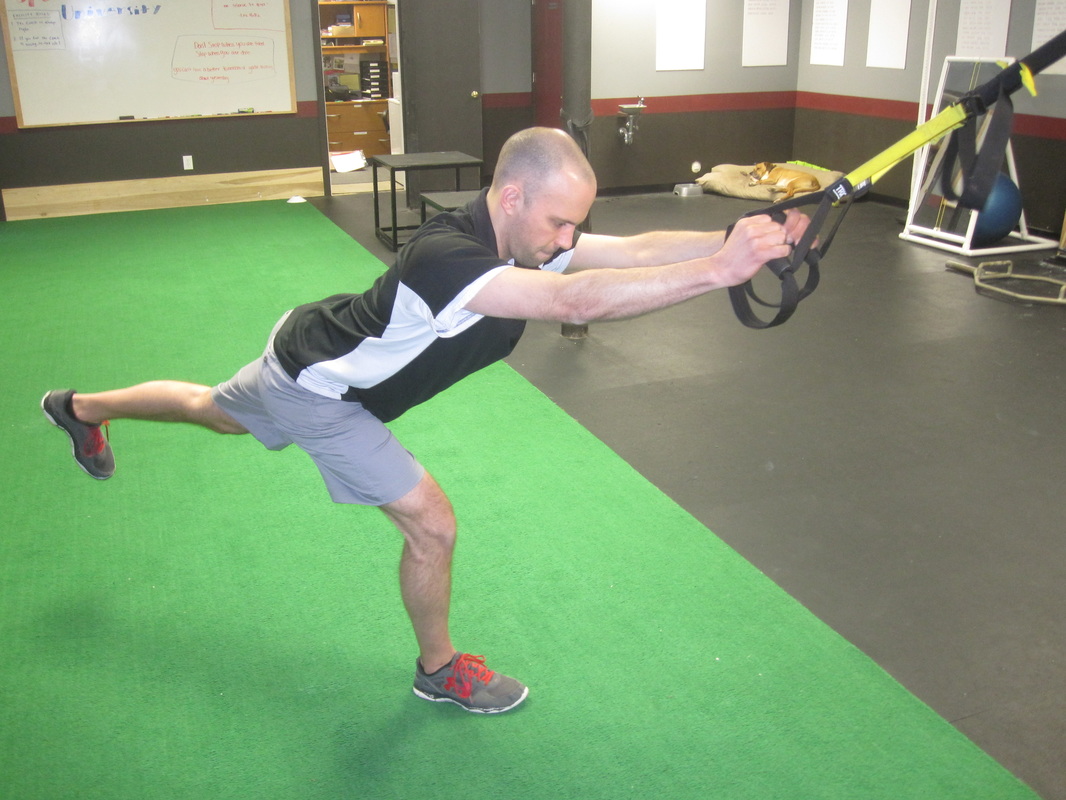
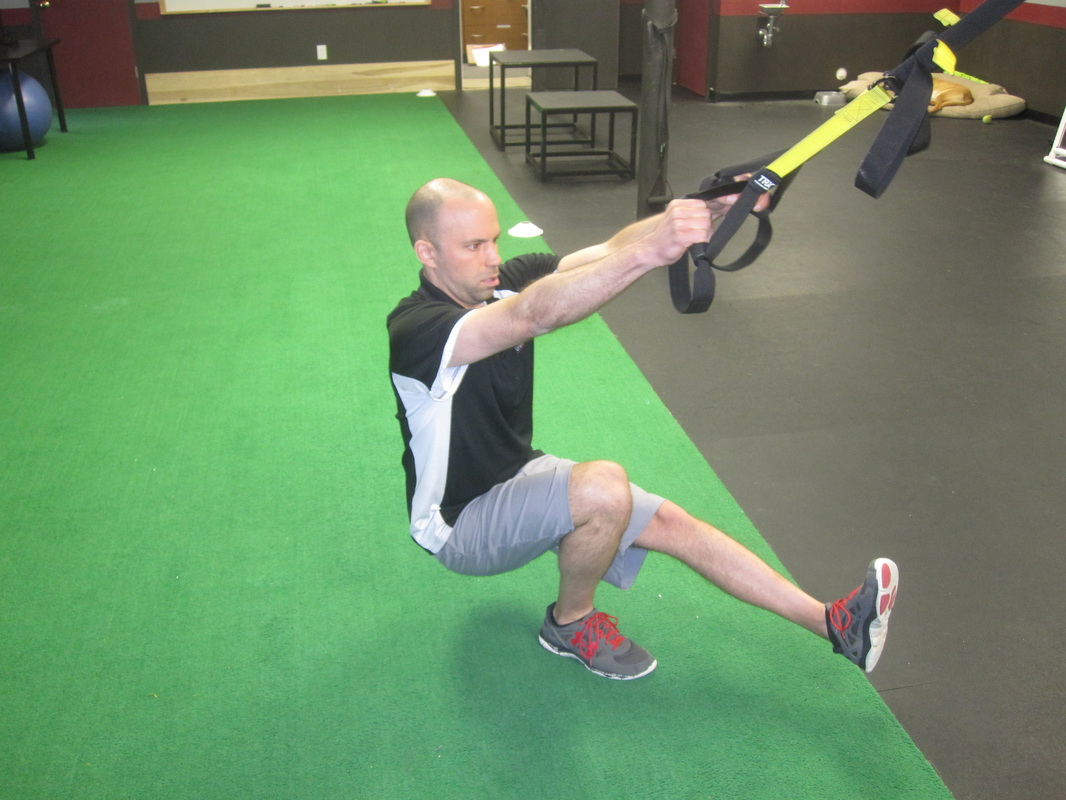
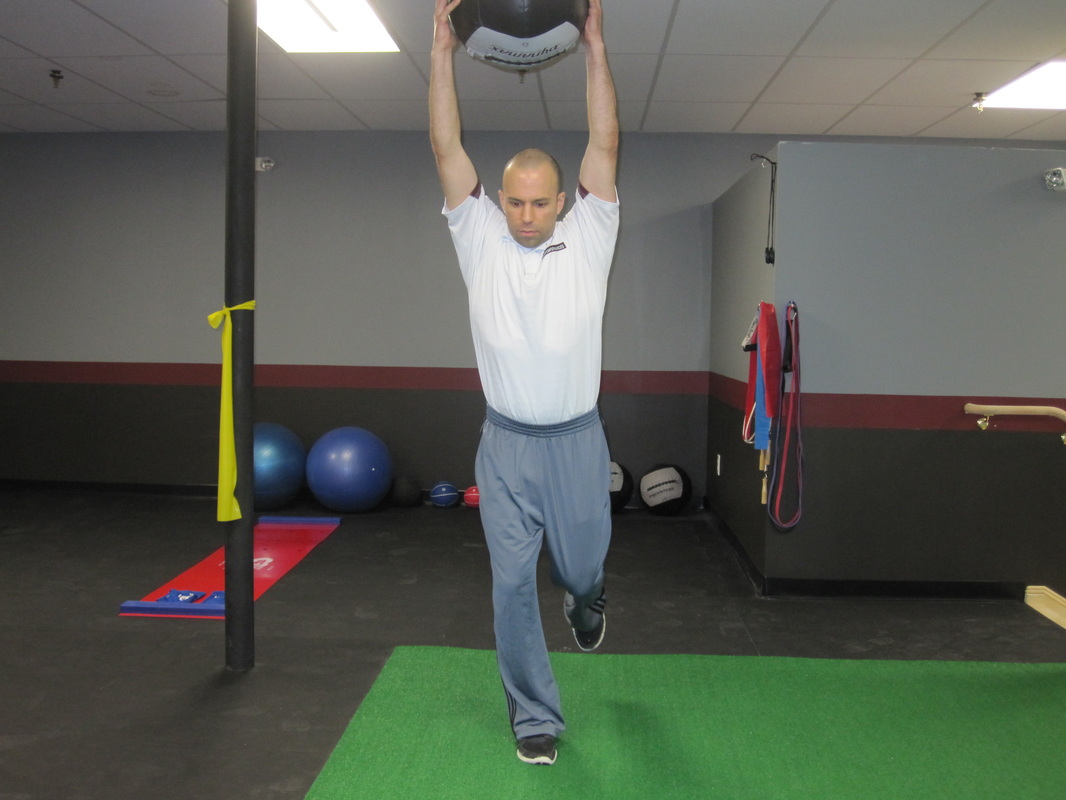


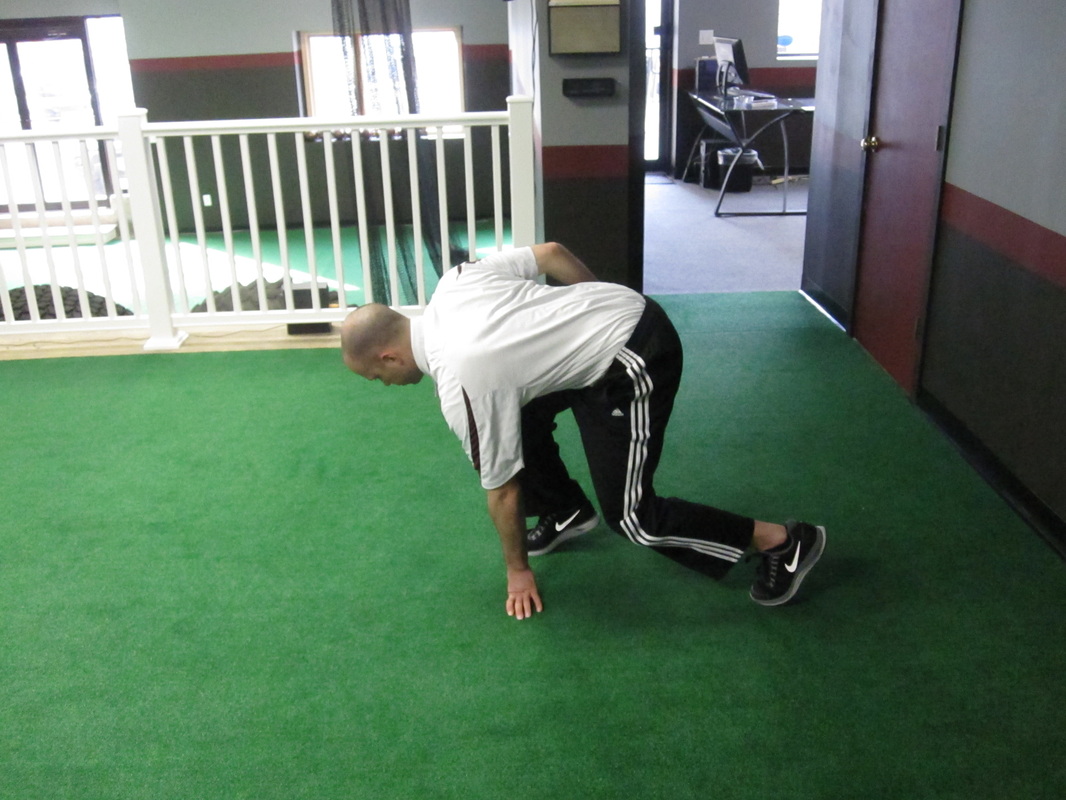
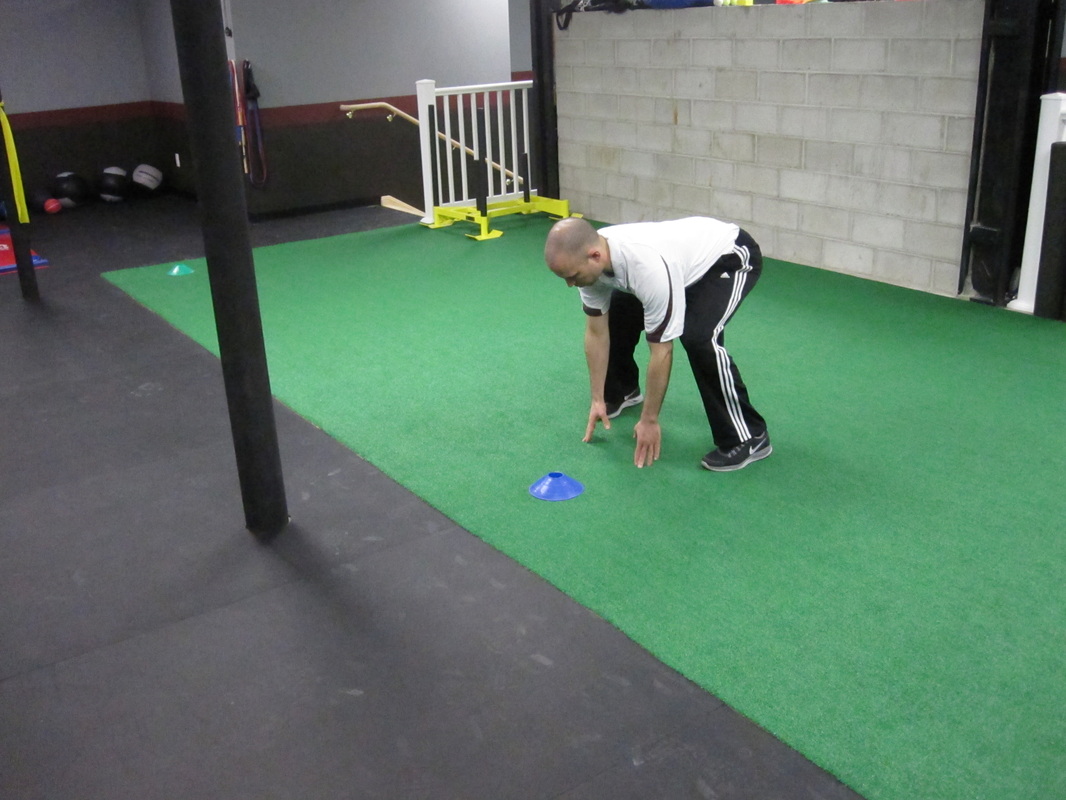
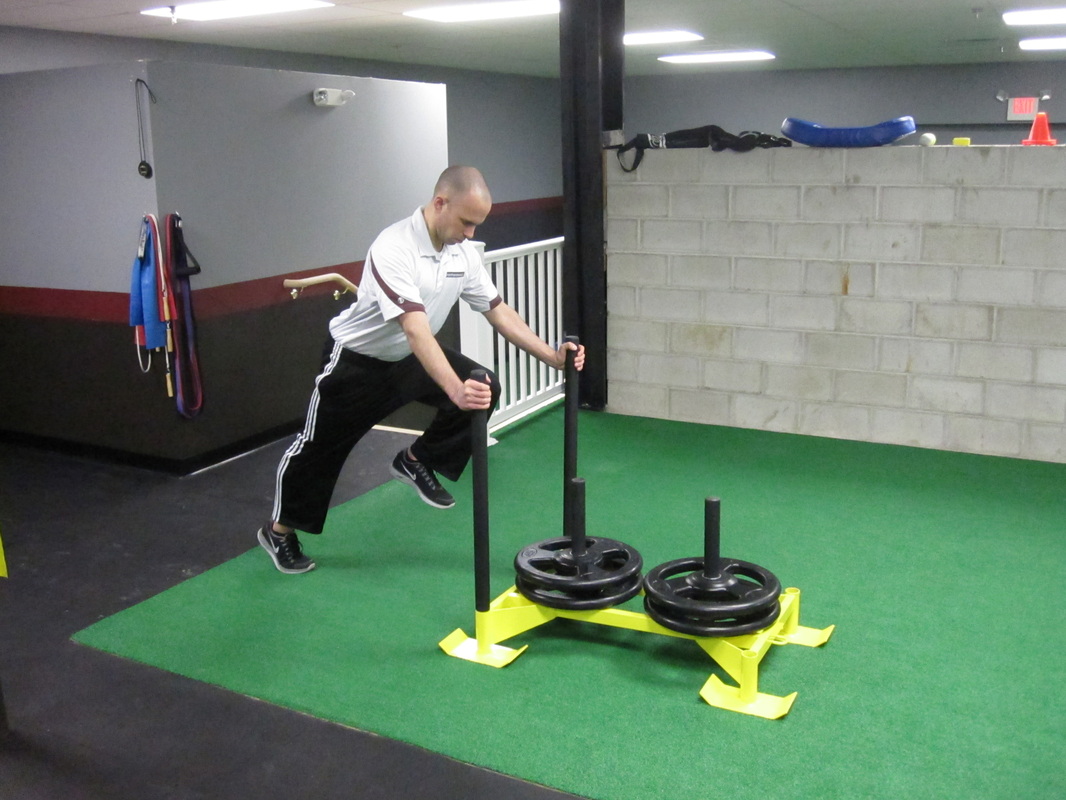
 RSS Feed
RSS Feed